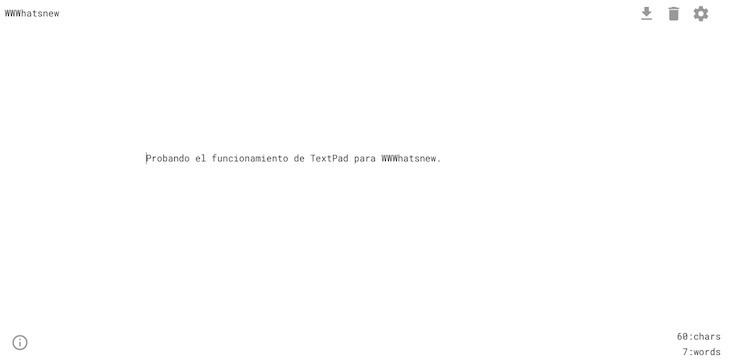
Where " Perl" can be read as " Textpad".I'm not sure the best way to open *lots* of files though. You can double-click file names in this to open them. This will list the results in a search results pane in Textpad.Also, nested brackets can get tricky - numbers are assigned in the order of *starting* brackets, I believe.Probably the most confusing slide here.Fine any *line* (the whole line) that ends in 3 digits (could be more than 3 - these would still get matched) Find any 3 digits OR the word " Source" at the start of a line 3. Find any 3 digits at the start of a line 2. For want of a better word than " groups".World" example assumes that " world" is at the start of the next line. Notice that the period on the last line is escaped, otherwise it would match *everything*. If that was on, you'd need to use to catch *all* letters, whatever case they were. Textpad is only case-sensitive if you set the " Match case" option when searching.I think of these like this: ? = " maybe" * = " any" + = " some".unix, perl, PHP, etc allow other matches, but the principles are basically the same. If in doubt, you can always switch off regular expressions for a search. And dot, question mark, star, plus, pipe, caret and dollar. You'll need some text open in Textpad to try this out on, of course.I'm fairly sure that the human brain runs on regular expressions. Probably in Perl.Scary, but they really should be taught to children as young as 3 or 4, IMHO. They have menu options under the " Search" menu as well. These are the 3 main dialogue boxes we'll be using here.(Also, if youselected the first 2 options, then choosing " Edit" when right-clicking a file will open the file in a new Textpad instance.)
#TEXPAD 2017 WINDOWS#
Putting a context menu shortcut in means you can right-click a file in Windows Explorer, and choose to open it in Textpad. I like to replace Notepad because I hate Notepad. I like to allow multiple instances so I can have a different set of files open in each.They'll appear in the Document Selector on the left, and in tabs along the top of the editing window. Here's what you see when you fire up Textpad, probably.And text is just another form of data, really. I like Textpad as a general-purpose editor AND a coding tool, because it all comes down to a *lot* of techie tools to control data.You can also save all changes to all open files using: You can see which files have changed - these have a * next to "Search subfolders" if folders are several layers deep. To look through (closed) files in a directory, use Ctrl + F5. To replace across many files, open all the files and tick "All O Use the "Find Next" button to check what your RE finds It's not found, your higher numbers will be wrong.) (Be a bit careful if a (.) group is optional though, i.e. Replacing this with 2 1 gives us 123 Pelham Textpad uses 1 to 9 - which we can use wherever we wantĮ.g. To replace the letters, we can use new word1 Luckily, we can refer to things that have been matched usingĮach group has its own number (in sequential order), and canĮ.g. +) with something, butīut we don't know which one to use when replacing. +$ Find any lines ending in letters, then ? or ! We may want to match (find) all lines ending with a ?, but Work out what's being matched and what's being replaced.Į.g. Textpad will replace what's been matched.

The RE will (only/completely) match what you've typed. What do the following regular expressions do?Īs expected, Textpad will replace anything matched, with the This means we can use ( ) and ! will find ticktock!, tocktick!, ticktick!, and tocktock!

C Put shortcut to Textpad on: Context Menu


 0 kommentar(er)
0 kommentar(er)
